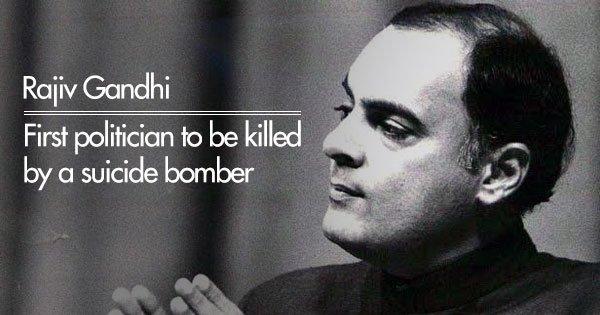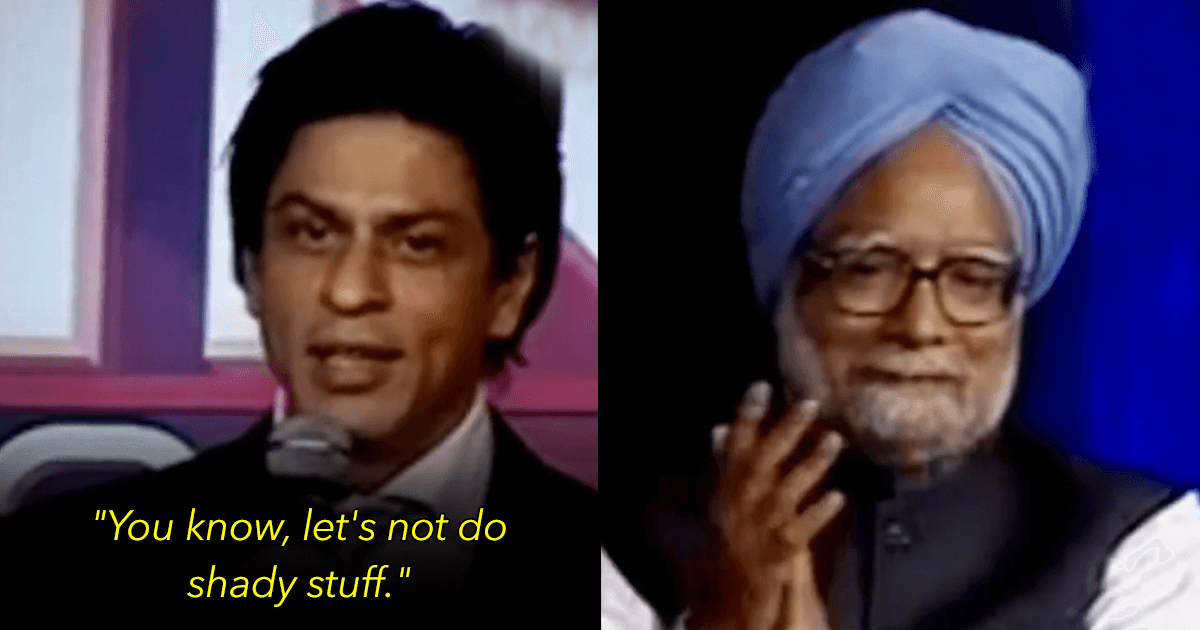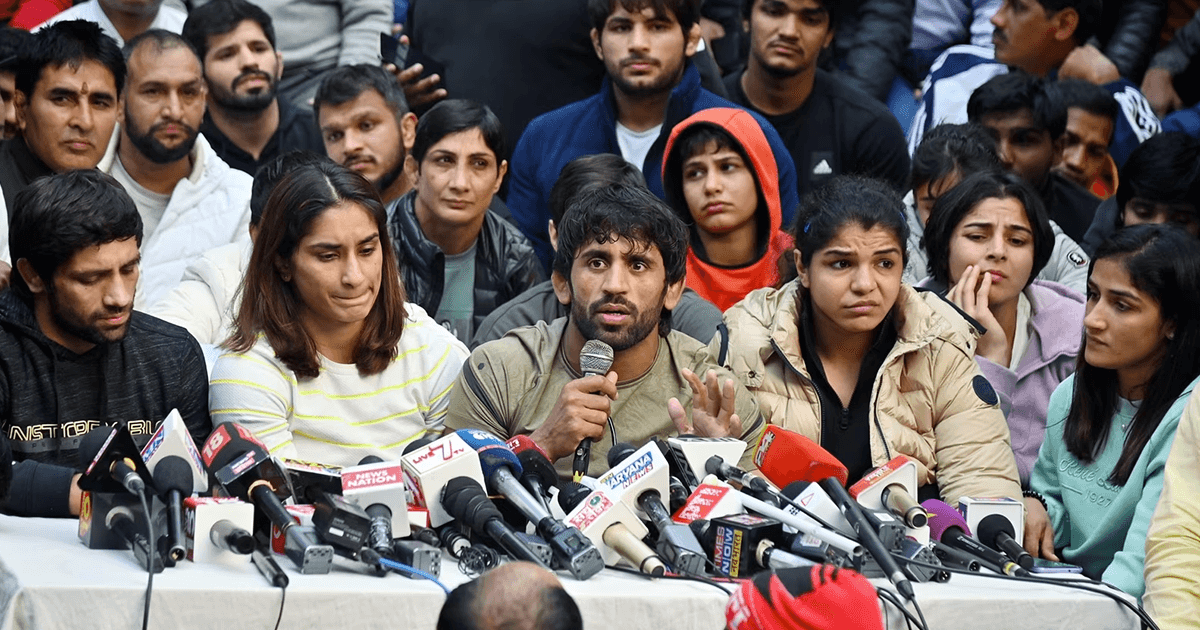‘Azaadi’ has suddenly become a term that polarises Indians into two groups baying for each other’s blood. While a discussion on azaadi becomes extremely emotional and full of name-calling, we often forget the various ‘contentious’ areas inside the country itself.
The creation of new states and territories in India is a power reserved solely for the President of India. The President can do so by announcing new states, separating territory from an existing state or by merging two or more states or parts thereof.
There are multiple ‘aspirant’ states in India that are looking to get azaadi from the status-quo. Rarely does the media focus on their demands and most of us are oblivious to them.
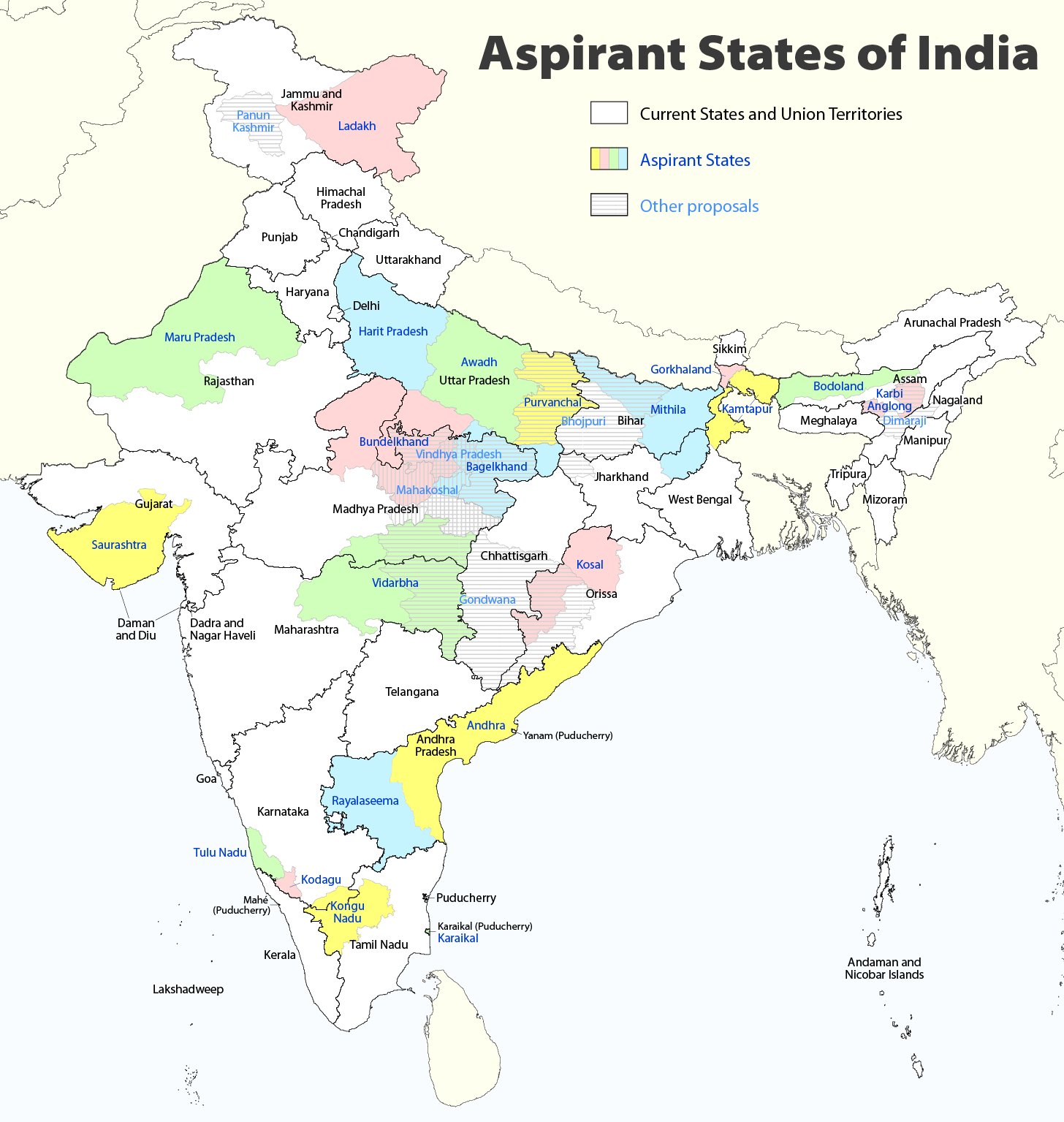
Here are a few aspirant states of our country:
1. Harit Pradesh (Western Uttar Pradesh)
Harit Pradesh is a proposed state, which would comprise 22 districts of Western Uttar Pradesh, currently forming six divisions – Agra, Aligarh, Bareilly, Meerut, Moradabad, and Saharanpur.
The most prominent advocate for the creation of the new state is Ajit Singh, the leader of the Rashtriya Lok Dal party. Mayawati also supported the formation of Harit Pradesh in December 2009.
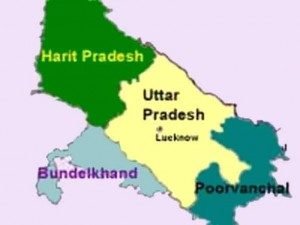
2. Purvanchal (Eastern Uttar Pradesh)
Purvanchal is a geographic region of north-central India, which comprises the eastern end of Uttar Pradesh state. It is bounded by Nepal to the north, Bihar state to the east, Bagelkhand region of Madhya Pradesh state to the south, the Awadh region of Uttar Pradesh to the west. Purvanchal comprises three divisions – Awadhi region in the west, Bhojpuri region in the east and the Baghelkhand region in the south.
The most commonly spoken language in Purvanchal is Bhojpuri. Purvanchal area is represented by 23 Members of Parliament to the lower house of Indian Parliament, and 117 legislators in the 403 member Uttar Pradesh state assembly or Vidhan Sabha.
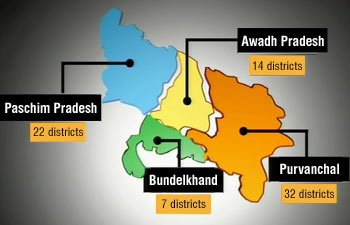
3. Bodoland (Northern Assam)
The agitation for the creation of a separate Bodoland state resulted in an agreement between the Indian Government, the Assam state government and the Bodo Liberation Tigers Force. According to the agreement made on February 10, 2003, the Bodoland Territorial Council, an entity subordinate to the government of Assam, was created to govern four districts covering 3082 Bodo-majority villages in Assam.
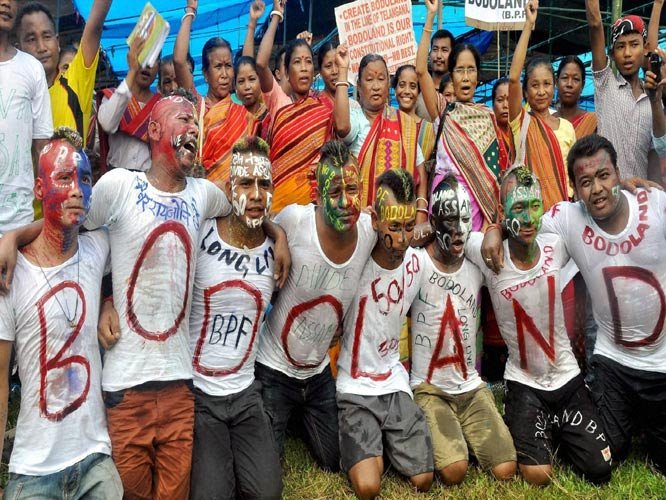
4. Saurashtra (Southern Gujarat)
The Saurashtra state movement for separate Saurashtra state was initiated in 1972 by advocate Ratilal Tanna, who was a close aide of former Prime Minister Morarji Desai. As per the Saurashtra Sankalan Samiti, more than 300 organisations across the Saurashtra region support the demand of the separate State.
The Samiti also claims that compared to other parts of Gujarat, Saurashtra is underdeveloped. Lack of better water supply to the region, lack of job opportunities and subsequent youth migration have been cited as major reasons for the demand of statehood. Saurashtra is linguistically different from the rest of the state with its Saurashtra dialect being in use.
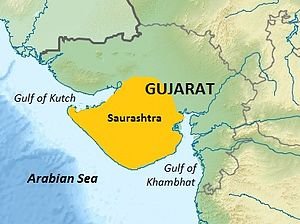
5. Ladakh (Eastern Jammu & Kashmir)
BJP promised Union Territory status for Ladakh in its manifesto but International law forbids India from dividing it up arbitrarily, since Jammu and Kashmir as a whole is disputed at the UN.
Of all of these, Ladakh has the best shout to be its own state. It’s culturally very different than the Jammu and Kashmir and can easily sustain on its own.
Ladakh can be really developed into a tourist destination and India’s Switzerland. The Himalayas are the most beautiful mountains in the world. Its sad that the government are not able to develop world class tourist destination there.
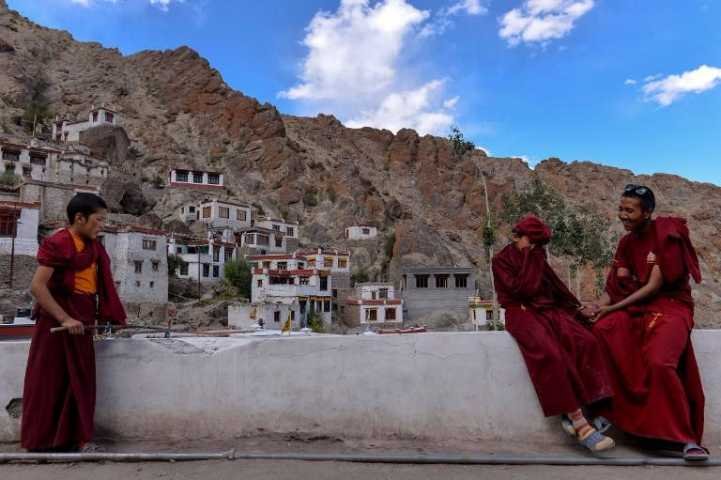
6. Gorkhaland (Northern West Bengal)
Gorkhaland is a proposed state covering areas inhabited by the ethnic Gorkha (Nepali) people, namely Darjeeling hills and Dooars in the northern part of West Bengal. The movement for Gorkhaland has gained momentum in the line of ethno-linguistic-cultural sentiment of the people who desire to identify themselves as Gorkha.
The demand for a separate administrative region has existed since 1907, when the Hillmen’s Association of Darjeeling submitted a memorandum to the Morley-Minto reforms committee.
The movement for a separate state of Gorkhaland gained serious momentum during the 1980s, when a violent agitation was carried out by Gorkha National Liberation Front (GNLF) led by Subhash Ghising.
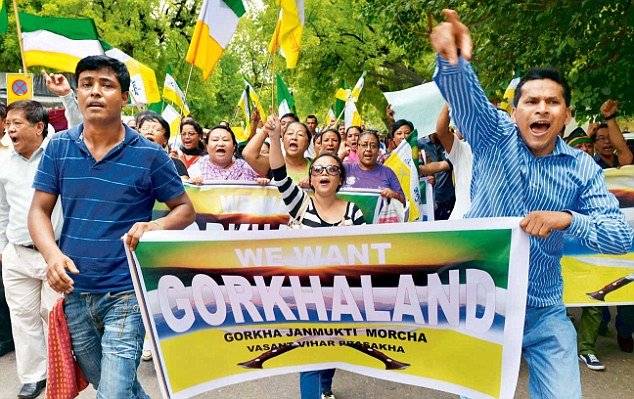
7. Kongu Nadu (Southern Tamil Nadu)
There have been demands for the creation of a separate state of Kongu Nadu (also called Kongadesam), comprising the regions of western Tamil Nadu, parts of southern Karanataka and central-east Kerala with its capital at Coimbatore, based on demography, culture, linguistics and other factors.
There have been claims that the Kongu Nadu region has often been ignored by successive governments in spite of being the largest contributor to the state’s economy. A number of political outfits including Kongunadu Makkal Desia Katchi, Kongu Vellala Goundergal Peravai and Tamil Nadu Kongu Ilaignar Peravai are active in the region claiming to fight for the rights of the region.
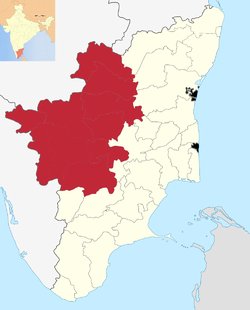
8. Vidarbha (Eastern Maharashtra)
Vidarbha is a region that comprises the Amravati and Nagpur divisions of eastern Maharashtra. The State Reorganisation Act of 1956 placed Vidarbha in Bombay State. Shortly after this, the States Reorganisation Commission recommended the creation of Vidarbha state with Nagpur as the capital, but instead it was included in Maharashtra state, which was formed on May 1, 1960.
Support for a separate state of Vidarbha had been expressed by Loknayak Bapuji Aney and Brijlal Biyani Vidarbha.
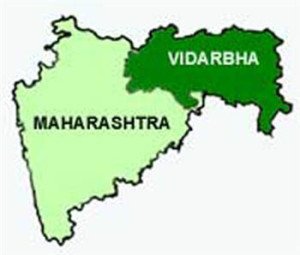
Do you think that breaking up bigger states into smaller ones can solve the administrative problems? Or should the states be formed on the basis of population? Do let us know in the comment section.




